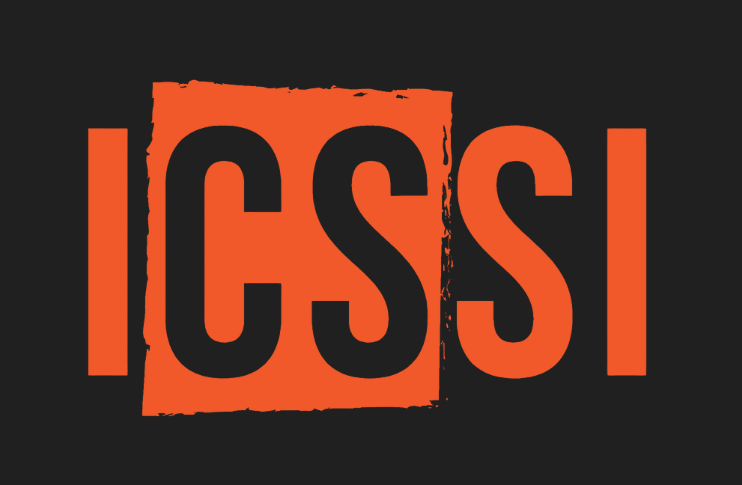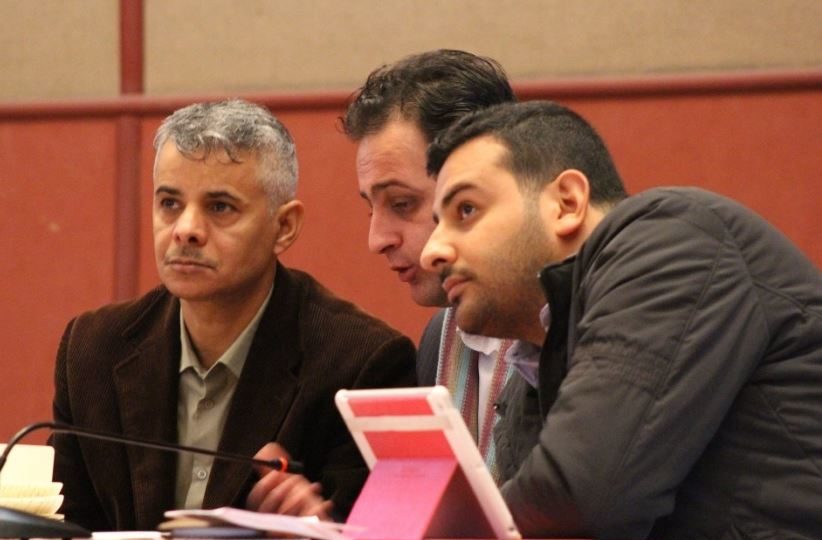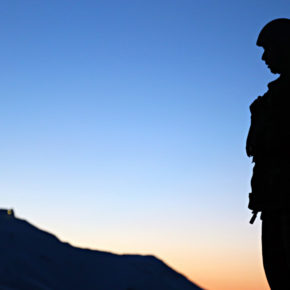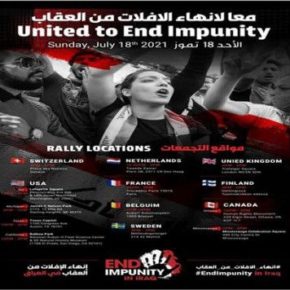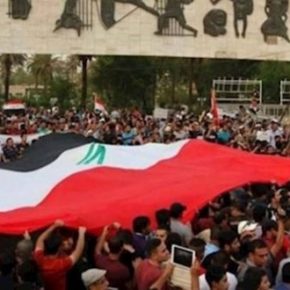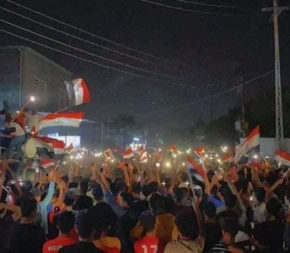Social Movement in Iraq: Various Methods Aiming for A Civil State and Social Justice

بەر دەستە بە زمانی کوردی
Written by: Dr. Jassim Al-Hilfi
presented by Ali Saheb in ICSSI Sixth Conference, Sulaymaniyah, Iraqi Kurdistan region 01/18/2017
Introduction
Large demonstrations began in Iraq, in February 25, 2011, and grew into a widespread mass movement by July 31, 2015. These demonstrations occurred in all provinces and districts of Iraq, and attracted the youth sectors of many different social classes. They are an example of the concept of the “new social movement”, which first manifested itself in the student movement in France in mid-1968, when students took to the streets and workers joined them. Then quickly a wide range of French people responded in a coordinated manner that surprised and astonished the whole world. A lot of attention has been focused on these new social movements, which have spread and widened their activities in different countries around the world. Many social thinkers have analyzed their characteristics and pointed out how they are based on horizontal organization, unity of objective, a richness of activity, the popularity of the participants, and many other aspects.
The acquisition of political power was not among the goals of social movements, as is the case with political parties. Social movements do work to direct the political action mechanisms, to exercise their activities, and achieve their goals. They bring their demands to the decision-makers seeking to influence decision-making, and hoping to establish a certain pattern of political participation.
Causes of the emergence of the protest movement in Iraq
The current social movement in Iraq formed against the backdrop of political, economic and social crisis. Its most important manifestation is deepening social inequalities due to massive polarization of income and wealth distribution. The current movement is the latest vision for protesting the miserable conditions in which Iraqis live. It is a clear rejection of sectarianism and the corrupt quota system. It is an expression of Iraqis’ discontent, particularly with the sharing of spoils approach that became the basis of the political and administrative system after 2003. In this system, corruption is widespread in state institutions, which have appropriated and wasted the wealth of Iraq, causing deterioration of the security situation so that one-third of the area of Iraq is now occupied by the terrorist organization, Daesh. In addition, Iraq has experienced the formation of the militias and the spread of weapons outside the military institutions of the state.
Attributes of the protest movement
1. Clarity of purpose: Nothing has confused the demonstrators, who demanded clearly and boldly to reform the political system and rid it of the quota system, corruption and inefficiency. They pushed for the adoption of national identity rather than sub-identities, and eventually called for a civil state as the best basis for social justice.
2. The national dimension of the demonstrations: They included all Iraqi provinces, districts, environs and villages, with the exception of those under the control of Daesh. As a sign of patriotism, they raised only the Iraqi flag, and did not allow raising pictures of any religious or party figures.
3. The general popular nature: This was reflected in the contribution of activists from all classes and categories of Iraqi society, workers, peasants, businessmen, intellectuals and women, while the audience was mostly young people.
4. Social content: Issues and demands that affect social concerns were very clearly present in the slogans of demonstrators calling for social justice, social security, the fight against unemployment, narrowing the gap between income levels, and addressing the payment scale.
5. The legality of demands: The protesters demands were marked by being legitimate and possible. They concern what touches human life, human rights, and respect for everyone’s humanity and dignity. The money allocated in the budget is enough to provide the needs of Iraqi citizens, if it is not stolen by corrupt politicians.
6. Peaceful manner: Citizens have practiced their right of to freedom of expression and assembly by organizing peaceful demonstrations, which practiced non-violent struggle.
7. Organizational form of the demonstrations: The demonstrators followed a horizontal form in the organization of the protests by working with a large number of coordinating committees. The demonstrations’ organizers held meetings and then shared thoughts and decisions on social networking pages. They announced demonstrations place and time, as well as the basic demands, slogans, songs and other information.
The protest movements’ demands
Protesters have forcefully set out their legitimate demands, which fall into three principle points:
• Reforming the political system and ridding it of sectarian quotas that are the basis of the crisis and failure of the system; then working to create an alternative which would be a democratic civil state, based on equal citizenship rights and duties.
• The clear position against corruption and corrupt accounting; and speedily bringing the violators to justice in order to make opposition to corruption real. This will require reforming of the judiciary, freeing it from political, sectarian and ethnic influences, and to promoting its independence through a range of legislation action.
• Ensuring services that affect the livelihood and daily life of citizens.
To win these demands, which were clearly raised in thousands of slogans, the demonstrators took to the streets and squares, to strongly, but always peacefully, express their love for their homeland, which they want to see secure, stable and prosperous. They shouted their support for this vision and have continued to struggle non-violently and patiently since the beginning of the demonstrations. They have been committed despite distortion, pressure, coercion, threats of kidnapping and killing campaigns, in more than one place.
Winning true and lasting reform will require a deep understanding of the current crisis and a strong commitment to end it. We must become an effective force to resolve the conflict by constructing a political system based on citizenship, free from the quota system and all forms of corruption. Only then will we have a governmental system able to defeat terrorism and chaos, and start reconstruction and development.
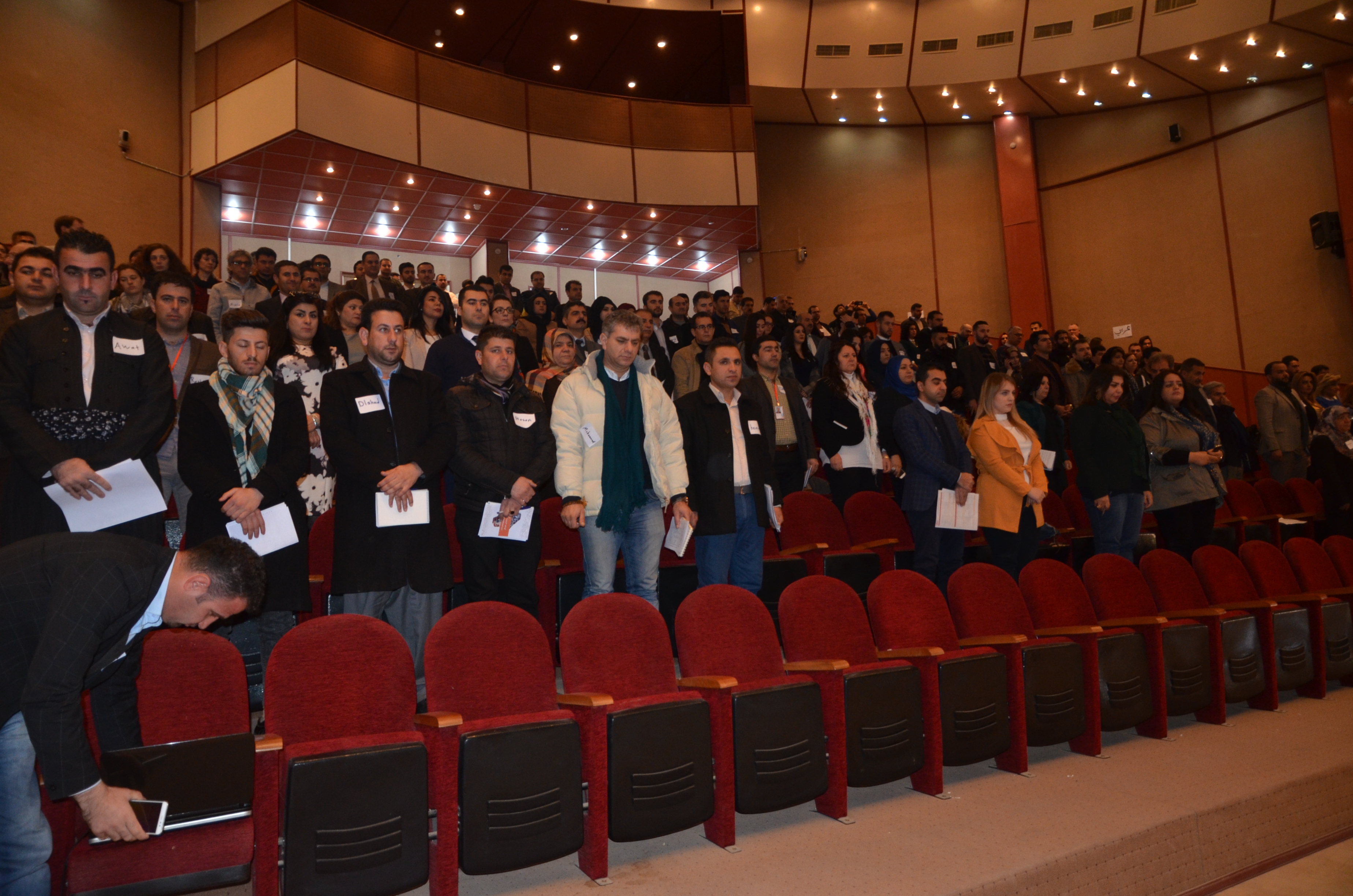
Conclusions
On the basis of field observation of the demonstrations, with my own direct participation in them, the researcher identified a number of conclusions and he would like to put forward:
• The protest activities and popular demonstrations cannot achieve all their goals and political demands at once, as change comes through the cumulative effect of the diverse forms of the mass actions and protests. The current movement, which still continues and has mass reserve that feeds its momentum, is a process with open horizons. It is too early to know what will be the its direct and indirect achievements.
• The process of reform has begun, and it is hard to stop. On the other hand it is important to expect realistic momentum, with no arbitrary rush or deadlines, nor any slowing of the process that would decrease its movement and quench its ember. We must work to secure and sustain a realistic momentum to achieve our desired goals.
• Organizers of the social movement sought to coordinate all the demonstrations and protests by maintaining a clear focus on the goal of reforming the system by ending quotas and corruption.
• The organizers and coordinators of the social movement succeeded in opening direct and respectful dialogue with the religious authority in Najaf, and the presence of young people was clear in the delegation of the movement. This dialogue has resulted in cooperation and discussion issues with more clarity and concreteness.
• The current political system based on sectarian and ethnic quotas, is unable to provide any real progress or achievements, and is unable to make a significant improvement in the tragic situation experienced by the masses, so it is necessary to speed up the rebuilding of the political system based on citizenship.
• There is growing awareness of the importance of building a civil state that relies on the principle of citizenship as an alternative to a sectarian and ethnic basis.
• The power of the social movement proved that citizens are far from indifferent about defending their rights and those who bet on such indifference will lose.
• The emergence of the role of youth and their effectiveness and ability to mobilize public opinion and mobilize citizens has been significant. They will not allow the streets to be ruled by the forces that raise sectarian slogans.
• Awareness has grown among young people on the importance of their political participation, and the breadth of demands for social justice. And through the continuing protesting they practiced, they formed their own repertoire of expertise and field experience, which made protesting and demonstrating a routine practice and broke the fear and hesitation towards them among citizens.
